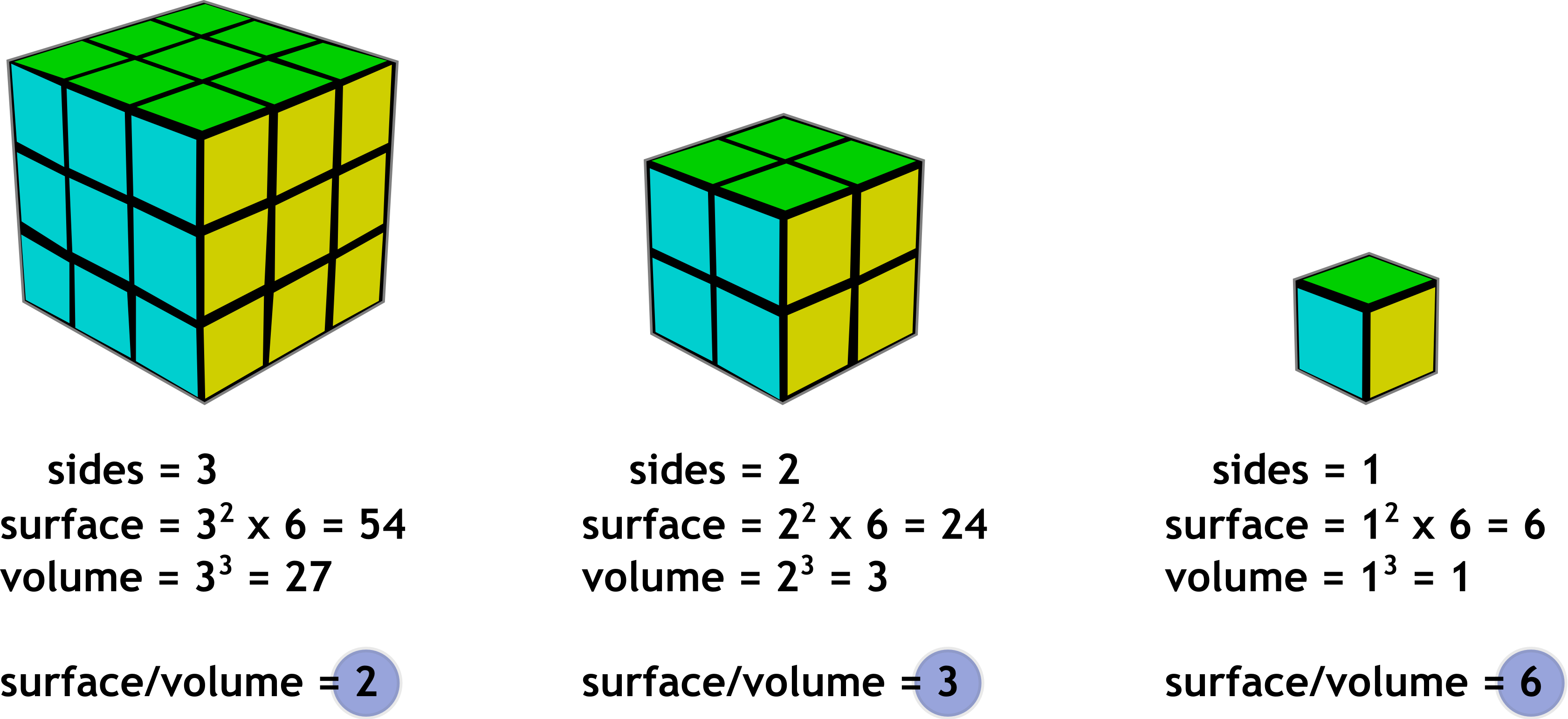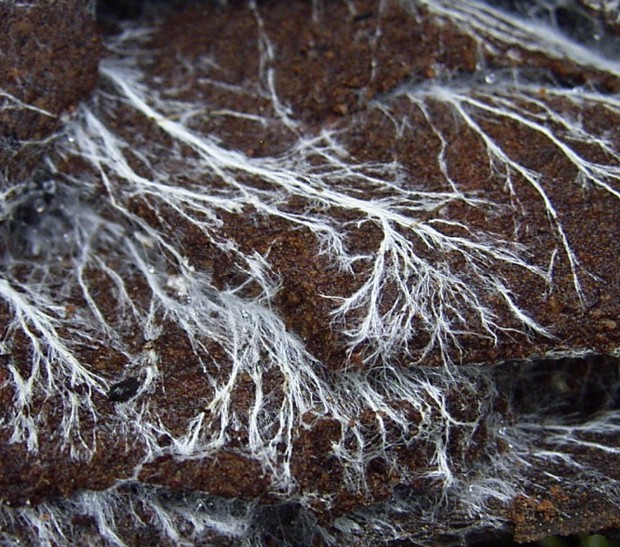Exchange Surfaces
All living cells need to be able to take up and excrete substances from and to their environment.
- Cells need:
- Water for many different things
- Minerals for many different things
- Oxygen for respiration
- Glucose for energy
- Fats for membranes
- Proteins for growth and repair
Specialised cells in multicellular organisms may also need to take up other molecules.
Many of these substances can be produced inside the cytoplasm as part of metabolism, but the basic building blocks must still be taken up from the environment.
- Cells may need to excrete:
- Carbon Dioxide
- Oxygen
- Ammonia
Again, specialised cells in multicellular organisms may also need to excrete special molecules.
Single-celled organisms can exchange all the substances they need to via their outer surfaces; however, most multicellular organisms require special Exchange Surfaces.
- This is because single-celled creatures have a very high surface-area-to-volume ratio, so have lots of available surface to exchange substances. Multi-celled creatures on the other hand tend to have a low surface-area-to-volume ratio, meaning their outer surfaces cannot exchange substances fast enough for all their cells.

- Exchange surfaces have a number of adaptations to make them efficient:
- Thin barriers to minimise the diffusion distance
- A high concentration gradient to the substance
- A large surface area
- Exchange surfaces are found in abundance in nature. For example:
- The Nephron in the Kidney
- The root hairs of plants
- The Hyphae of fungi
